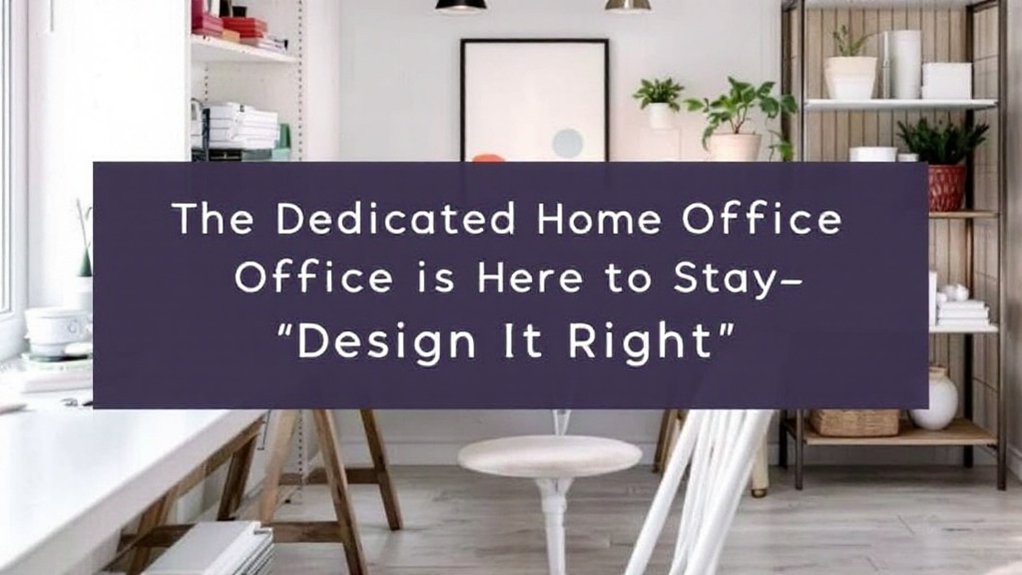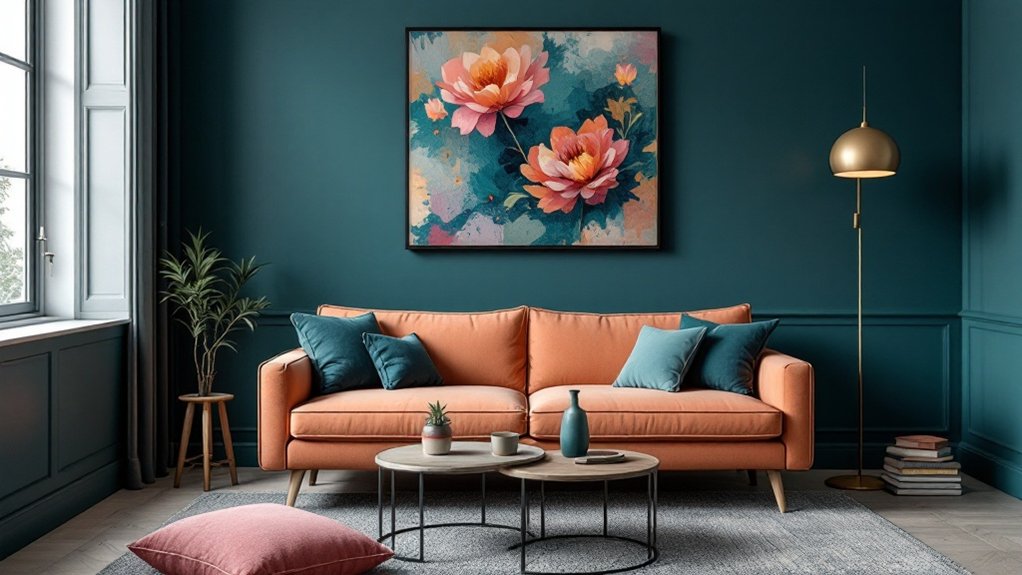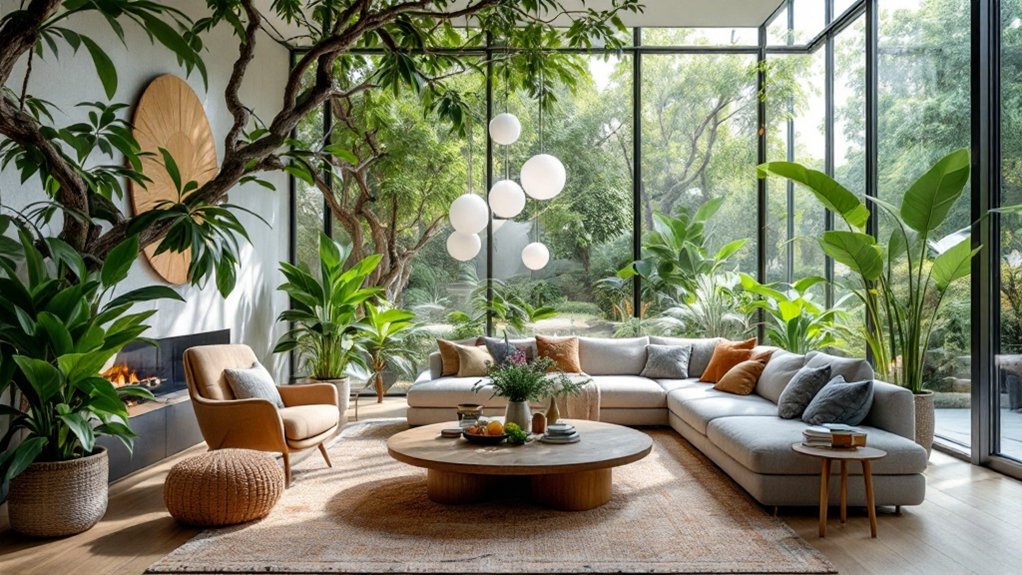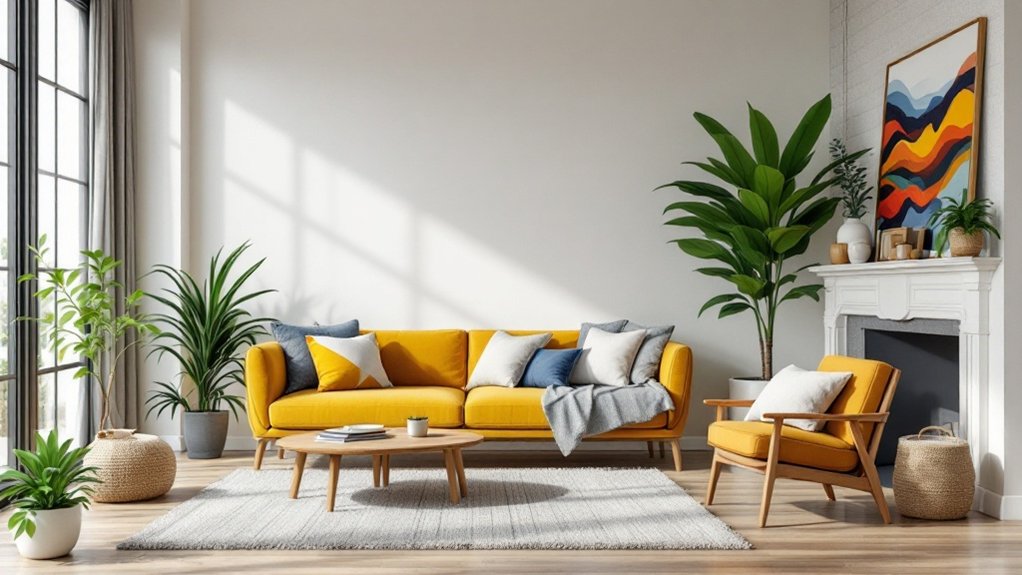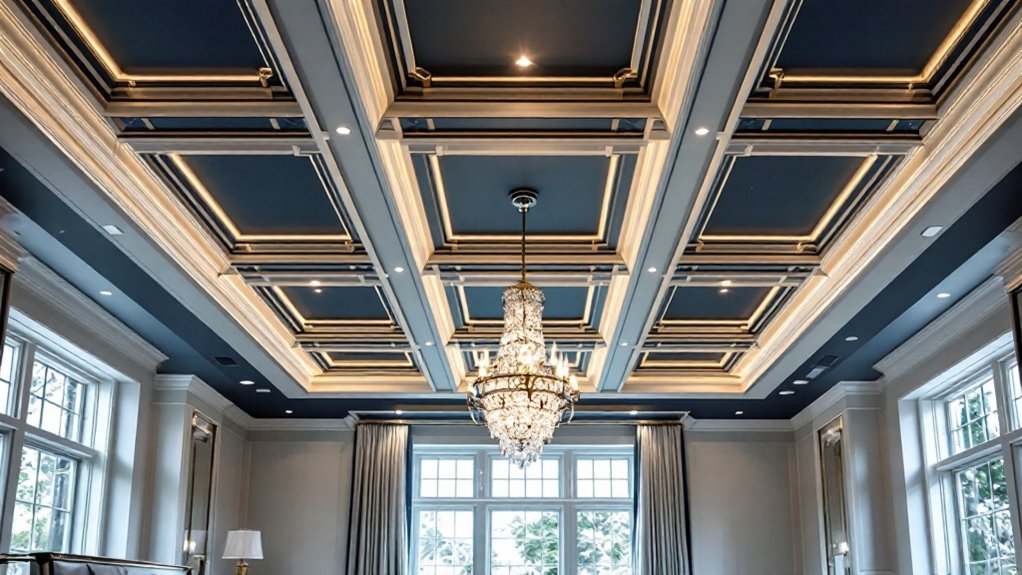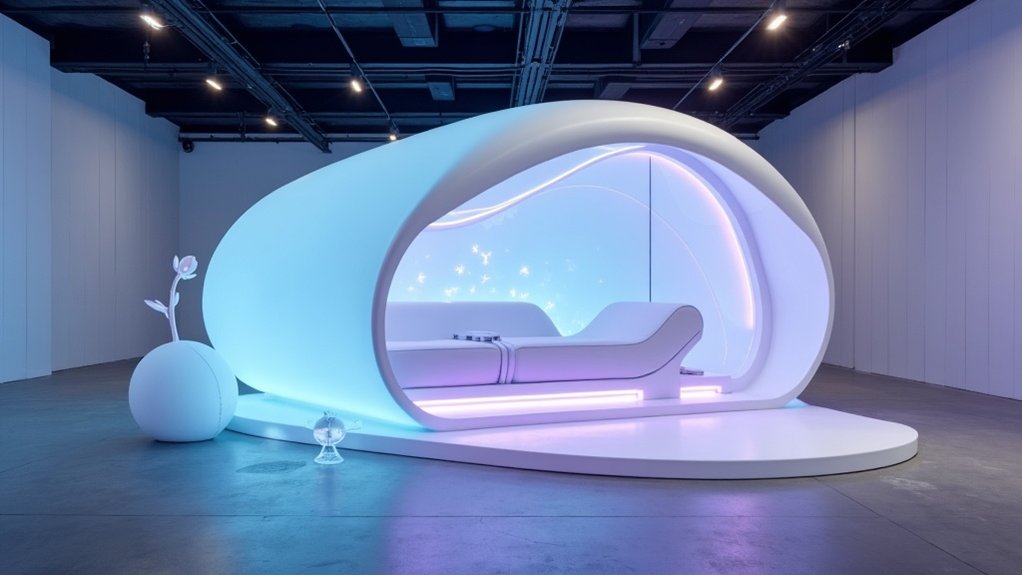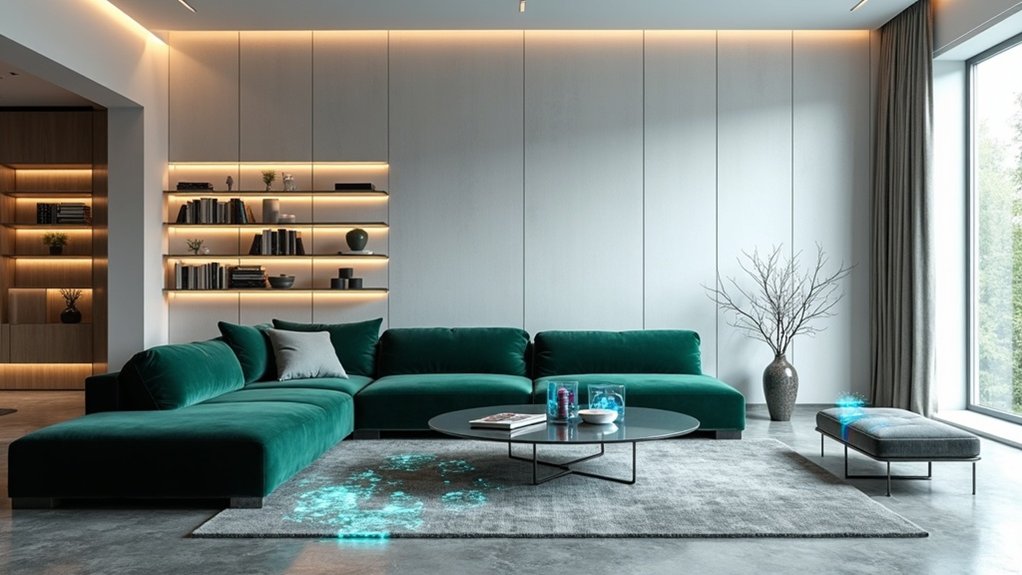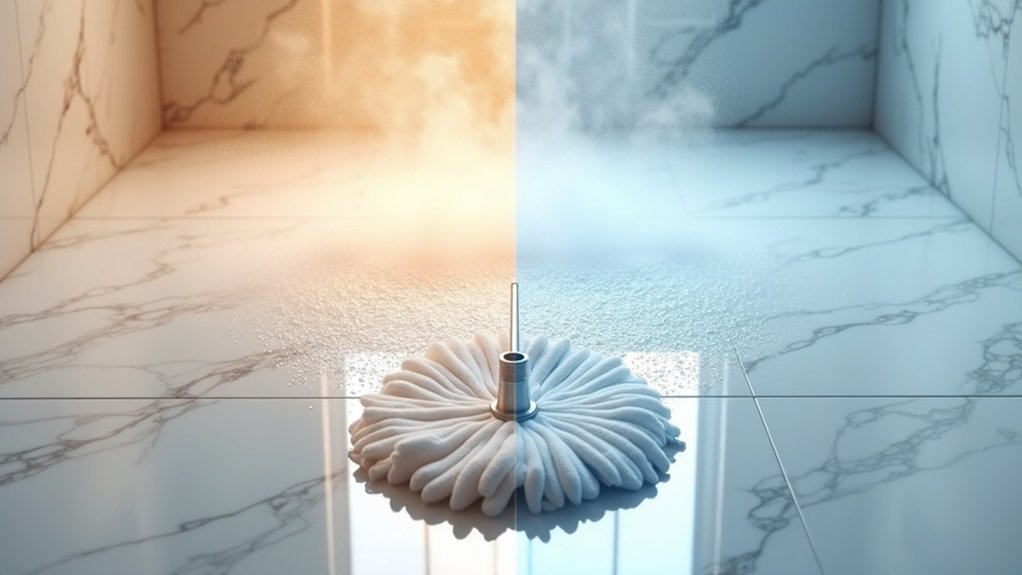Modern home office design blends functionality with wellness-focused elements to create sustainable long-term workspaces. Crucial components include adaptable furniture, integrated technology, and biophilic features like natural lighting and indoor plants. Professional-grade video conferencing setups, ergonomic solutions, and personalized zones for both focus and relaxation define today's home offices. This thoughtful approach to workspace design transforms remote work from a temporary solution into an optimized, permanent arrangement that enhances both productivity and well-being.
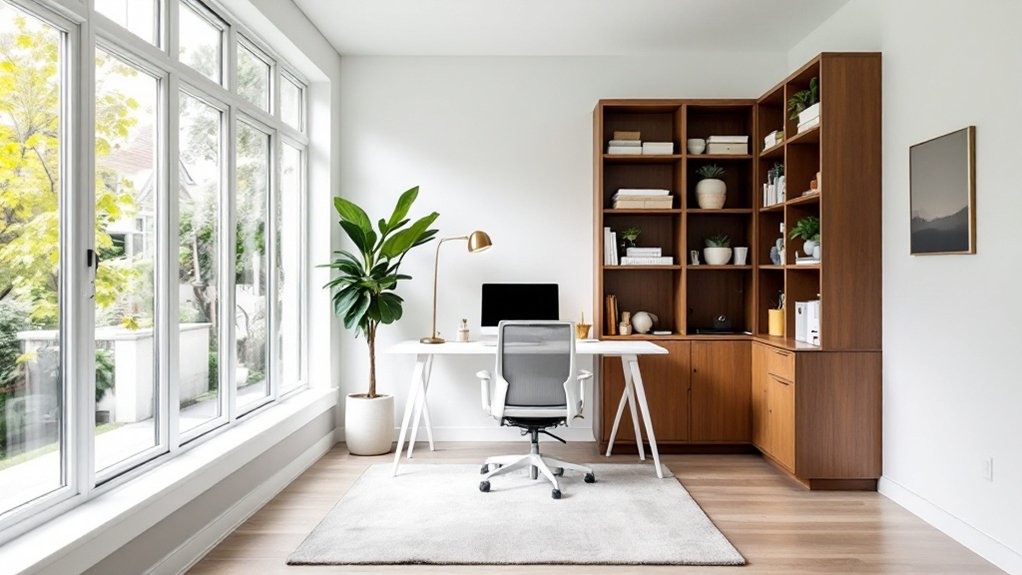
The evolution of home office design has transformed dramatically in recent years, reflecting a deeper understanding of how workspace environments impact productivity, wellness, and creativity. As remote work becomes increasingly permanent, homeowners are investing in sophisticated design solutions that seamlessly blend functionality with comfort and style.
Interior designers report a significant shift toward biophilic elements, with natural light, organic materials, and indoor plants becoming vital components of modern home offices. The incorporation of easy-care plants provides a refreshing atmosphere while requiring minimal maintenance. Using low-VOC paints for walls ensures a healthier indoor environment while maintaining aesthetic appeal.
Natural elements, abundant daylight, and living greenery have become essential features in creating productive and nurturing home workspaces.
The integration of flexible and modular workstations has emerged as a cornerstone of contemporary home office design. "Adaptable furniture solutions allow professionals to transition effortlessly between various work modes," notes workplace design expert Sarah Chen.
These versatile setups typically feature height-adjustable desks, mobile storage units, and reconfigurable seating arrangements that accommodate both focused individual work and impromptu virtual collaborations.
Technology integration has become increasingly sophisticated, with smart solutions addressing both productivity and comfort needs. High-speed connectivity, wireless charging stations, and professional-grade video conferencing setups are now standard features.
Smart thermostats, automated lighting systems, and sound-masking devices create ideal working conditions while maintaining energy efficiency.
Wellness considerations have taken center stage in home office design, with dedicated zones for relaxation and movement becoming increasingly common. Ergonomic furniture, proper lighting, and acoustic management solutions support physical and mental well-being.
Many professionals are incorporating small meditation areas or standing mats near their desks to encourage movement throughout the day.
Personal expression plays a significant role in home office design, with individuals curating spaces that reflect their unique aesthetic preferences and professional needs. Custom storage solutions, carefully selected artwork, and personalized color schemes create environments that inspire creativity and maintain organization.
"The most successful home office designs balance functionality with personal style," explains interior designer Michael Torres. "When people feel connected to their workspace, they're more likely to maintain focus and productivity throughout the day."
Frequently Asked Questions
How Do I Soundproof My Home Office Without Major Construction?
Effective home office soundproofing can be achieved through layered, non-invasive methods.
Strategic placement of sound-absorbing materials, such as thick curtains, heavy rugs with quality padding, and soundproof blankets, creates multiple barriers against noise transmission.
Window inserts offer significant acoustic benefits without replacement costs.
For walls, mass-loaded vinyl sheets and furniture placement provide additional sound dampening.
These solutions can be implemented gradually, allowing for budget-conscious noise reduction without structural modifications.
What's the Best Lighting Setup to Prevent Eye Strain During Video Calls?
A well-designed lighting setup for video calls requires three key elements: proper positioning, appropriate brightness, and balanced diffusion.
The main light should be placed at eye level, 30-45 degrees from the face, with 600-800 lumens of brightness. A secondary fill light (300 lumens) helps eliminate harsh shadows.
Using daylight-balanced bulbs (6500K) with diffusers reduces glare, while bounced lighting off walls creates soft, even illumination that minimizes eye strain.
Can I Claim Home Office Furniture and Renovations on My Taxes?
Tax deductibility of home office furniture and renovations depends primarily on employment status and usage patterns.
Self-employed individuals and business owners can deduct furniture and renovation costs if the space is used exclusively and regularly for business.
Nonetheless, W-2 employees typically cannot claim these deductions through 2025.
When eligible, taxpayers must either use the simplified method ($5/sq ft) or actual expense method, with improvements requiring depreciation over time rather than immediate deduction.
How Do I Maintain Work-Life Boundaries When My Office Is at Home?
Maintaining work-life boundaries while working from home requires deliberate physical and temporal separation.
Experts recommend designating a specific workspace that can be "closed" at day's end, establishing fixed working hours, and communicating clear availability windows to colleagues.
Regular breaks, scheduled downtime, and turning off work notifications after hours help reinforce these boundaries.
Studies show that employees who maintain strict divisions between work and personal time report 22% higher job satisfaction.
Which Indoor Plants Thrive in Low-Light Home Office Environments?
Several indoor plants thrive in low-light home office environments while providing air-purifying benefits.
The Snake Plant and ZZ Plant are particularly resilient, requiring minimal maintenance and tolerating poor light conditions.
Peace Lilies and Pothos furthermore flourish under fluorescent lighting or indirect sunlight, while Dracaena Lisa offers structural appeal.
These species effectively filter indoor air pollutants, with NASA studies showing up to 87% improvement in air quality in controlled environments.
